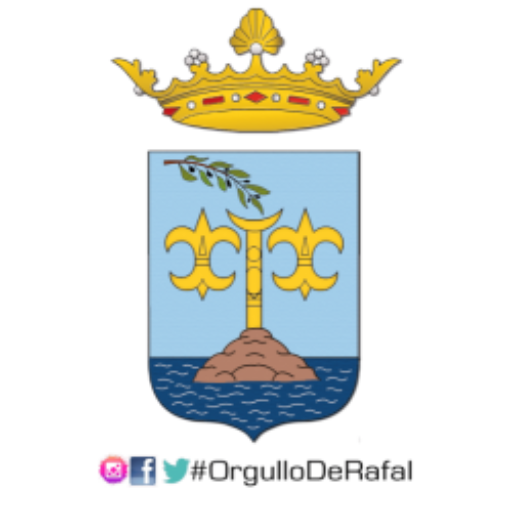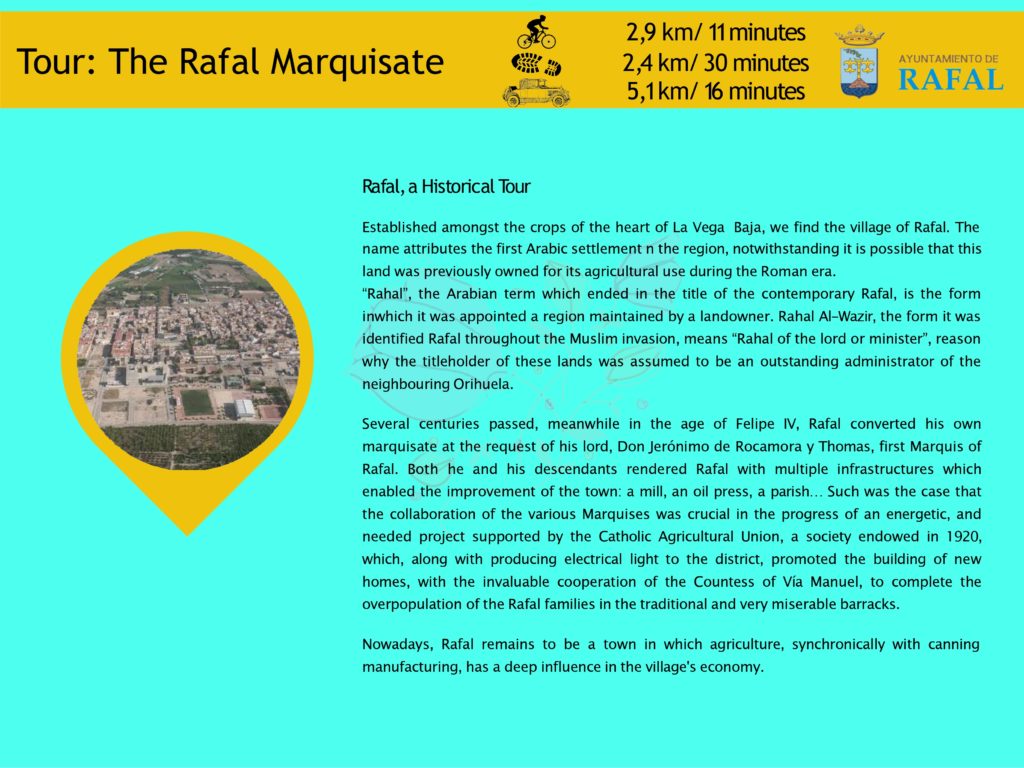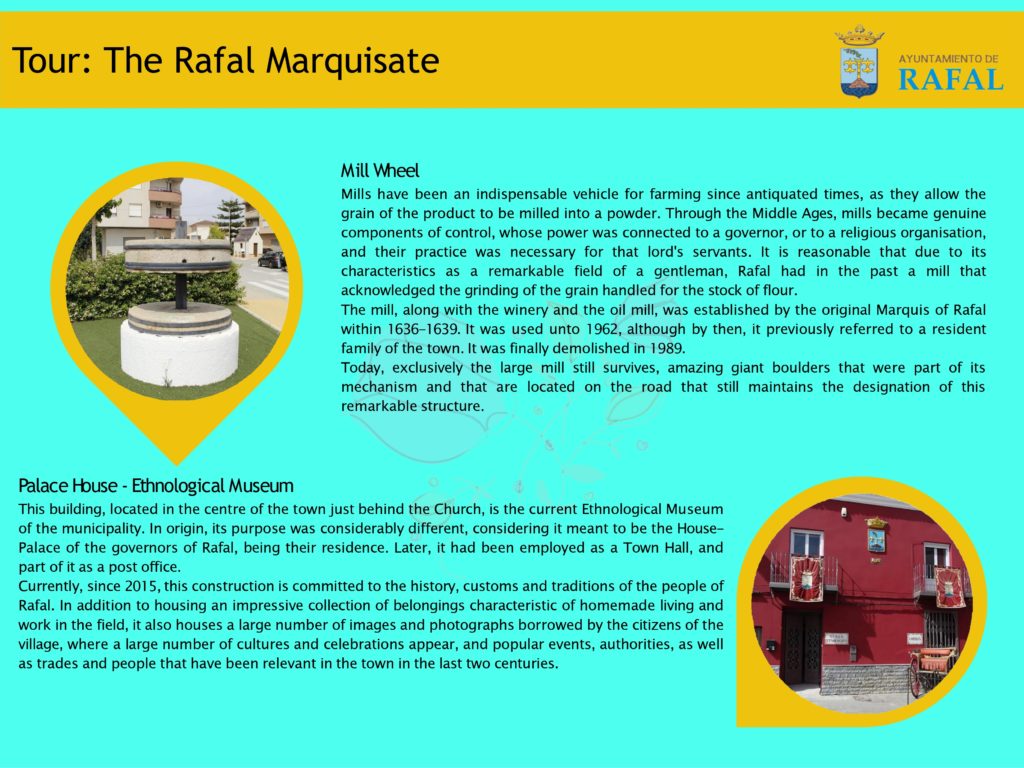Barraca
The barraca was the traditional residence for the people that lived in the countryside and served as their home until well into the 20th century. Normally, the construction had a rectangular shape of approximately 9×5 metres, mostly always facing south, with a gabled roof and a steep slope to drain the water resulted from torrential rainfalls that are common in the area.
The building materials were rough: wood, reeds, rushes, reeds and mud. The walls were made of adobe, and the roof of reeds or straw.
The layout was always similar, with a door on the south side giving access to a wide corridor that ran the length of the building up to the north façade, where another door allowed the air ventilation. This corridor was used as a kitchen, dining room and storeroom. Bedrooms were on one side. A ladder permitted access to the upper floor and was formerly used for silkworm rearing.
‘La Graná’ Park
The arch that serves as an entrance to the park is a replica of the arch from “La Graná”, from which the “Graná” (a pomegranate) should be suspended. In the centre of the park there is a pomegranate tree, which complements the view.
The name of the “Graná” is intended to commemorate a typical act of Easter Week in Rafal. To remedy the fact that the arch was at first incomplete without a “Graná”, D. Antonio Mora Hernández, self-taught and promoter of this initiative, restarted the project after his retirement to build one and place it under the arch, completing it both aesthetically and symbolically.
HISTORY OF THE NAME OF THE PARK
Around 1920-1923, a woman known as “Aunt Corra” had the happy idea of bring “La Graná” to Rafal, which possibly has its origin in the procession of the “aleluyas” that is celebrated in several villages of the Vega Baja. The people of Rafal adopted it and magnified it, turning it into a very particular and colourful event.
“La Graná” is an emblematic part of Rafal’s Holy Week, and symbolises the encounter between the Risen Lord and his grieving Mother, the Virgin of the Rosary. This encounter takes place on Easter Sunday, in the main street, and takes place under a wooden arch, where the “Graná” made of papier-mâché hangs, and will be opened and release its fruits in the form of coloured paper and flower petals when the Risen Christ and the Virgin of the Rosary see each other.






